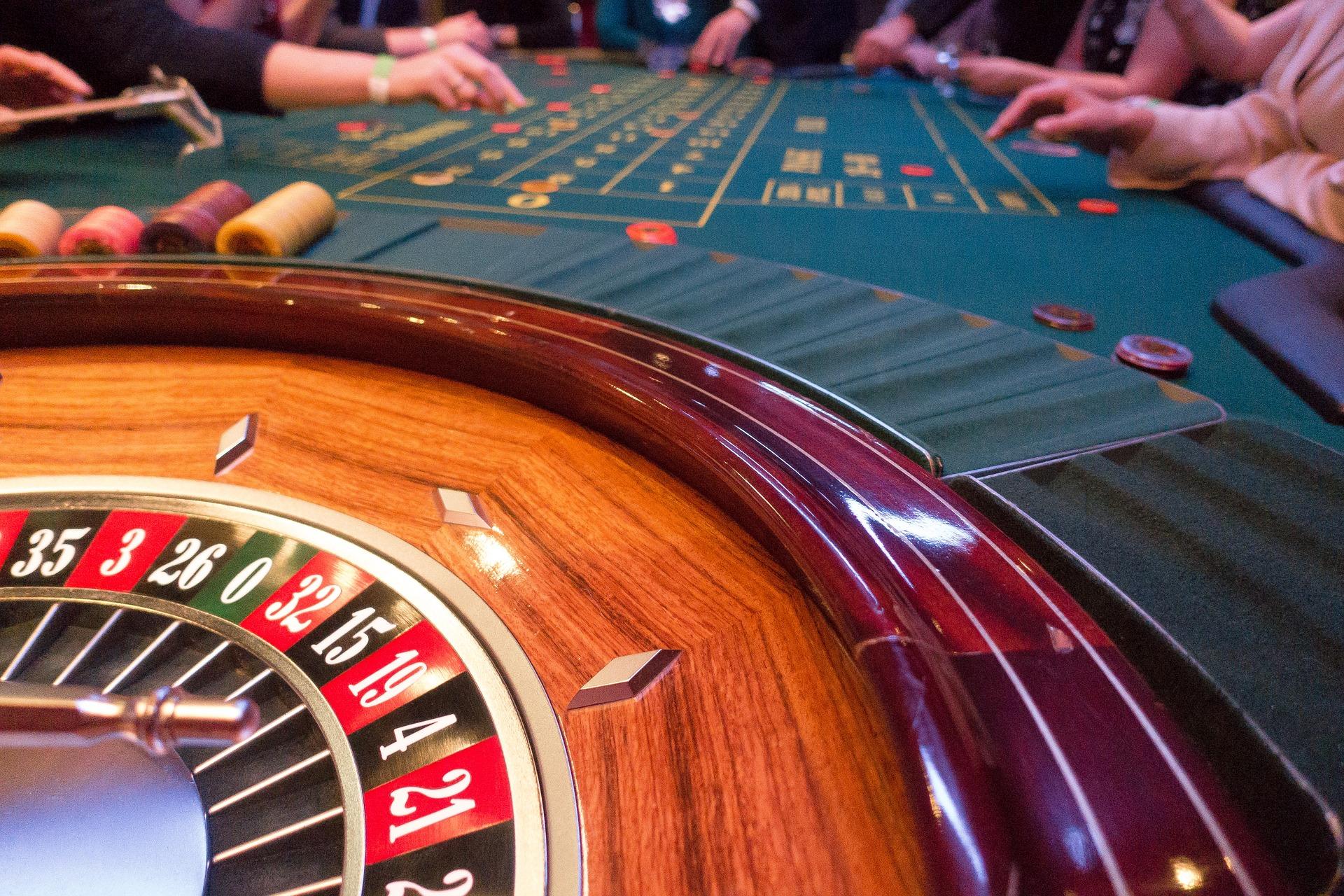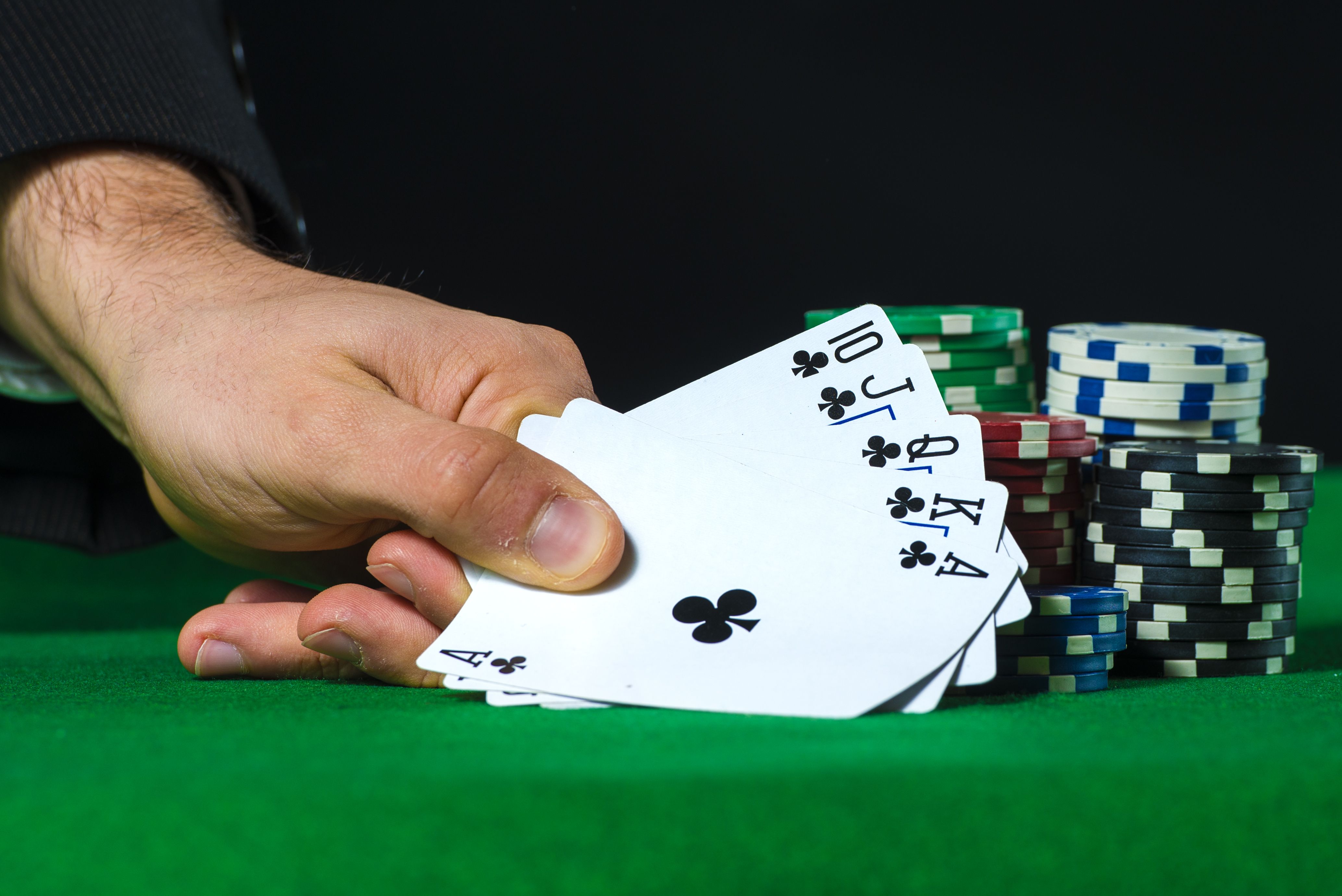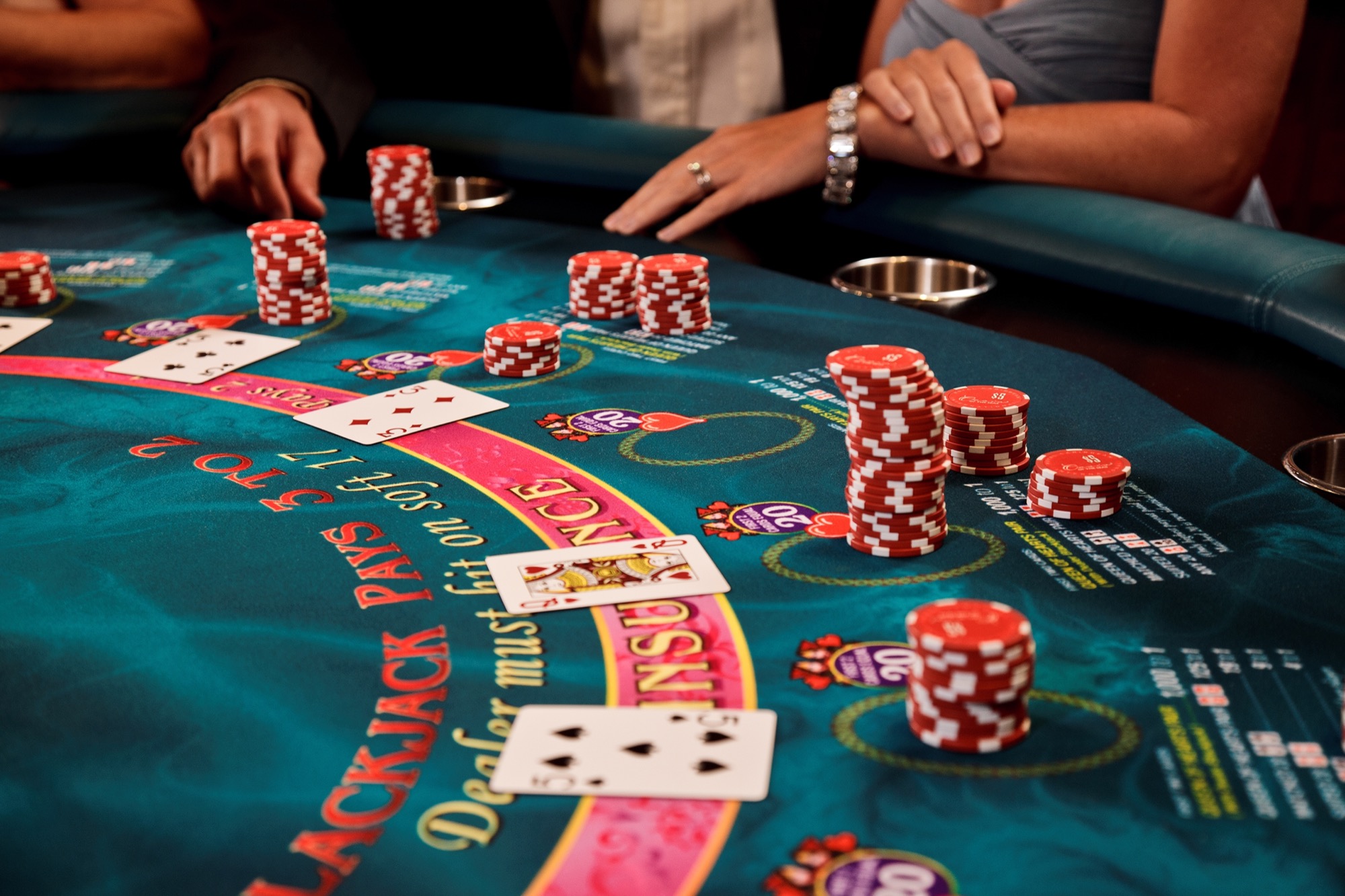Introduction
How Much Does Roulette Payout: Roulette payout varies depending on the type of bet made and the odds associated with each bet. In roulette, players have the opportunity to place a wide range of bets, each offering different payout ratios and corresponding levels of risk. Understanding the payout structure is essential for players to make informed betting decisions and manage their bankroll effectively.
The game of roulette features two main categories of bets: inside bets and outside bets. Inside bets involve betting on specific numbers or combinations of numbers within the interior section of the roulette table, while outside bets involve betting on broader groups of numbers or characteristics, such as red or black, odd or even, or high or low numbers.
Inside bets, which offer higher payouts but lower odds of winning, include straight bets, split bets, street bets, corner bets, and line bets. Payouts for inside bets range from 35 to 1 for a straight bet (betting on a single number) to 5 to 1 for a line bet (betting on six numbers).
Outside bets, on the other hand, offer lower payouts but higher odds of winning. Examples of outside bets include even/odd, red/black, and high/low bets, which all offer a 1 to 1 payout, as well as column and dozen bets, which offer a 2 to 1 payout.
The payout ratio and odds for each bet in roulette are determined by the number of slots on the roulette wheel and the specific characteristics of each bet. Understanding these payout ratios is essential for players to make informed betting decisions and enhance their overall roulette experience.
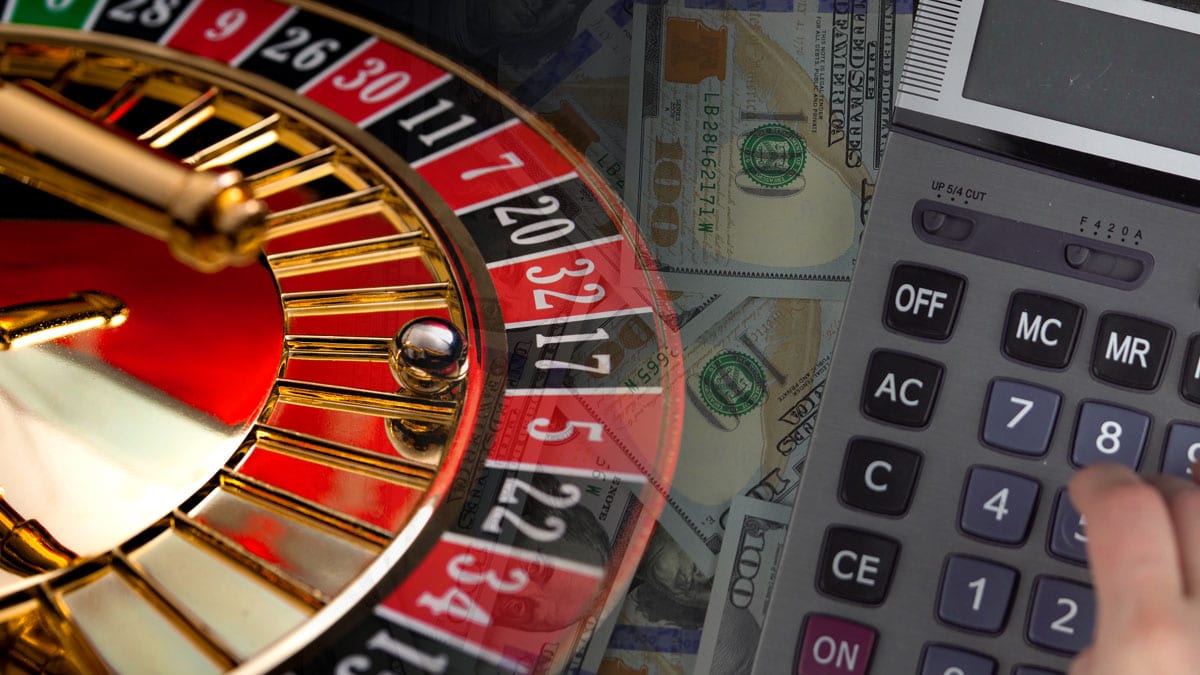
How is roulette payout calculated?
For each bet type, the potential payout odds in roulette are stated in the form of x:1. This means you’ll win x dollars for every 1 dollar you bet. For example, a single-number bet offers a payout of 35:1. So, if you win, you’ll get your dollar back plus $35.
Roulette payout calculation is based on the type of bet placed and the odds of winning associated with that particular bet. In roulette, there are different types of bets, each with its own payout ratio. The two main categories of bets in roulette are inside bets and outside bets.
1. Inside Bets: These bets involve placing chips on specific numbers or combinations of numbers within the interior section of the roulette table. The payout for inside bets varies depending on the type of bet:
- Straight Bet: Betting on a single number. Payout is 35 to 1.
- Split Bet: Betting on two adjacent numbers by placing the chip on the line between them. Payout is 17 to 1.
- Street Bet: Betting on three numbers in a horizontal line. Payout is 11 to 1.
- Corner Bet: Betting on four numbers forming a square. Payout is 8 to 1.
- Line Bet: Betting on six numbers in two adjacent rows. Payout is 5 to 1.
2. Outside Bets: These bets are placed outside the main number grid and have a higher chance of winning, but lower payout ratios.
- Even/Odd, Red/Black, High/Low Bets: Betting on even or odd numbers, red or black numbers, or high (19-36) or low (1-18) numbers. Payout is 1 to 1.
- Dozen and Column Bets: Betting on one of three groups of 12 numbers or one of three columns. Payout is 2 to 1.
The payout calculation is straightforward. For inside bets, the payout is determined by dividing 36 (the total number of slots on the roulette wheel) by the number of winning slots for that specific bet and subtracting 1. For outside bets, the payout is simply the ratio indicated for each bet type.
It’s essential to understand the different payout ratios and odds associated with each bet in roulette to make informed betting decisions and manage your bankroll effectively.
How much of roulette is luck?
In European roulette, every bet has a house edge of 2.70%. No getting around it. The 1 to 1 odds you get for red or black are the same as the 35 to 1 odds you get for a single number. Both are slightly worse than the real odds of it happening, and so there is zero skill in deciding which numbers to play.
Roulette is primarily a game of luck. The outcome of each spin is determined by a random number generator or the physical spinning of the roulette wheel and ball, making it impossible for players to predict with certainty where the ball will land. The randomness of the game ensures that no strategy or skill can influence the outcome, and each spin is independent of previous spins.
Luck plays a significant role in roulette because players have no control over the winning number or color. Regardless of any betting system or strategy employed, the odds of winning on any individual spin remain the same. Every number on the roulette wheel has an equal chance of being the winning number, whether it’s a red or black number, odd or even, or any specific single number.
While luck is the primary factor in roulette, some players might perceive that certain strategies or betting systems can improve their chances of winning. However, it’s essential to understand that no betting system can overcome the house edge, which is built into the game. The house edge ensures that, over the long run, the casino will make a profit from roulette.
Roulette is predominantly a game of chance where luck plays a crucial role in determining the outcome of each spin. While players can enjoy the thrill and excitement of the game, they should approach it with the understanding that luck is the deciding factor in their success or failure at the roulette table.
Does roulette pay 36 to 1?
A bet on a single number pays 35 to 1, including the 0 and 00. Bets on red or black, odd or even pay 1 for 1, or even money. We’re proud to offer Roulette in three variations.
Roulette does not pay 36 to 1. The payout for winning a straight bet in roulette, which is a bet on a single number, is 35 to 1. This means that if you place a straight bet and the ball lands on your chosen number, you will receive a payout of 35 times your original bet.
The reason for the 35 to 1 payout is that there are 36 possible numbers on the roulette wheel (1 to 36), plus an additional “0” or “00” depending on whether you are playing European or American roulette. The presence of the “0” or “00” is what gives the casino its edge in the game.
In European roulette, there is a single “0,” while in American roulette, there are both “0” and “00.” When the ball lands on the “0” or “00,” all bets on individual numbers lose, and the casino takes the entire wager.
It’s important to note that while the 35 to 1 payout for a straight bet may seem enticing, the odds of winning are relatively low, as there are 37 or 38 possible outcomes (including the “0” or “00”). This is why many players prefer to place outside bets that offer lower payouts but higher odds of winning, such as betting on red or black, odd or even, or a group of numbers.
What is the smartest bet in roulette?
Even today, the Martingale System is regarded as the best roulette strategy of them all. 2. The Paroli System – this betting system is a positive betting system whereby you increase your bet after you win, and you keep increasing your bet as your wins increase.
The smartest bet in roulette depends on the player’s risk tolerance and betting strategy. In general, the smartest bets in roulette are those with the lowest house edge, meaning bets that give the player the best chance of winning over the long run. Here are some of the smartest bets in roulette:
1. Outside Bets: These bets have the highest odds of winning and the lowest house edge. Betting on red or black, odd or even, or high (19-36) or low (1-18) numbers gives the player a nearly 50% chance of winning, with a house edge of only about 2.70% in European roulette and 5.26% in American roulette.
2. Column and Dozen Bets: Betting on one of the three columns or one of the three groups of 12 numbers (1-12, 13-24, 25-36) also offers a relatively high chance of winning, with a house edge of 2.70% in European roulette and 5.26% in American roulette.
3. Combination Bets: Betting on multiple numbers with a single chip can increase the chances of winning. For example, placing a chip on the corner where four numbers meet covers all four numbers with a single bet.
4. En Prison/Le Partage Rule: In some European roulette games, the En Prison or Le Partage rule is applied to even-money bets (red/black, odd/even). If the ball lands on “0,” the player’s bet remains on the table for the next spin. If the next spin results in a win, the player gets their original bet back; otherwise, the bet is lost.
While these bets offer better odds and lower house edge, it’s important to remember that roulette is still a game of chance, and no strategy or bet can guarantee consistent winnings. Players should gamble responsibly and enjoy the thrill of the game without chasing unrealistic expectations of profit.

What is a 1 to 1 payout in roulette?
Red or Black — This bet pays out even odds (1:1) if the ball lands on the roulette color you choose. Odd or Even — Another bet that pays out at even odds (1:1) if you correctly call the ball landing on an odd or even number.
A 1 to 1 payout in roulette refers to bets that offer a 1:1 return on the original wager. These bets are also known as even-money bets because they have approximately a 50% chance of winning, making them some of the safest bets in the game. The payout ratio of 1 to 1 means that if you win, you will receive an amount equal to your original bet in addition to keeping the original bet amount.
The most common 1 to 1 bets in roulette are:
1. Red/Black: Betting on whether the ball will land on a red or black number.
2. Odd/Even: Betting on whether the ball will land on an odd or even number.
3. High/Low: Betting on whether the ball will land on a high (19-36) or low (1-18) number.
For example, if you place a $10 bet on red and the ball lands on a red number, you will win $10, and your total payout will be $20 (your original $10 bet plus the $10 you won).
These 1 to 1 bets are popular among roulette players because they offer a good chance of winning and provide a steady, if modest, return on investment. However, it’s essential to keep in mind that roulette is still a game of chance, and while these bets offer higher odds of winning, there is no guarantee of consistent profits. Responsible gambling and managing one’s bankroll are always crucial when playing any casino game, including roulette.
What are the payout ratios for inside bets in roulette?
The payout ratios for inside bets in roulette vary based on the specific type of bet placed. Inside bets involve betting on individual numbers or specific combinations of numbers within the interior section of the roulette table. These bets offer higher payouts but lower odds of winning compared to outside bets.
Here are the common inside bets in roulette and their respective payout ratios:
1. Straight Bet: Betting on a single number. Payout: 35 to 1. This means that if you bet $1 and win, you will receive $35 in addition to your original $1 bet.
2. Split Bet: Betting on two adjacent numbers by placing the chip on the line between them. Payout: 17 to 1. If you bet $1 and win, you will receive $17 plus your original $1 bet.
3. Street Bet: Betting on a row of three numbers by placing the chip on the outer edge of the row. Payout: 11 to 1. If you bet $1 and win, you will receive $11 plus your original $1 bet.
4. Corner Bet: Betting on a group of four numbers by placing the chip on the intersection of their corners. Payout: 8 to 1. If you bet $1 and win, you will receive $8 plus your original $1 bet.
5. Line Bet: Betting on two adjacent rows of three numbers by placing the chip on the outer edge of the rows. Payout: 5 to 1. If you bet $1 and win, you will receive $5 plus your original $1 bet.
Inside bets provide higher payouts due to their lower odds of winning. Players should consider their risk tolerance and betting strategy when choosing between inside and outside bets in roulette. Responsible gambling and understanding the payout ratios are essential for an enjoyable and informed roulette experience.
Which bets in roulette offer a 1 to 1 payout?
In roulette, bets that offer a 1 to 1 payout are also known as even-money bets. These bets provide a nearly 50% chance of winning and offer a payout equal to the original bet amount. Even-money bets are popular among players due to their higher odds of winning, making them more attractive to risk-averse players.
The following are the common even-money bets in roulette:
1. Red/Black Bet: Betting on whether the winning number will be red or black. If successful, the player receives a 1 to 1 payout, meaning they win an amount equal to their original bet.
2. Odd/Even Bet: Betting on whether the winning number will be an odd or even number. Again, if the player’s bet is correct, they receive a 1 to 1 payout.
3. High/Low Bet: Betting on whether the winning number will be in the high range (19-36) or low range (1-18). If the player’s bet is correct, they win a 1 to 1 payout.
4. Dozen Bet: Betting on one of the three groups of 12 numbers (1-12, 13-24, or 25-36). If the ball lands on any number within the chosen dozen, the player wins a 1 to 1 payout.
Even-money bets are considered safer and more conservative betting options in roulette. While the payout is lower than that of inside bets, the higher chances of winning attract many players who prefer a steadier return on their wagers. However, it’s important to remember that roulette is still a game of chance, and no betting strategy can guarantee consistent wins. Responsible gambling and understanding the odds are essential for an enjoyable and rewarding roulette experience.
How does the payout vary between inside and outside bets in roulette?
The payout in roulette varies significantly between inside and outside bets due to their different levels of risk and odds of winning. Inside bets involve betting on individual numbers or specific combinations of numbers within the interior section of the roulette table. These bets offer higher payouts but have lower odds of winning compared to outside bets.
The payout ratios for inside bets are generally much higher, ranging from 35 to 1 for a straight bet (betting on a single number) to 5 to 1 for a line bet (betting on six numbers). These higher payouts reflect the lower probability of winning with inside bets, as the ball has to land on the exact number or combination of numbers for the player to win.
On the other hand, outside bets involve betting on broader groups of numbers or characteristics, such as red or black, odd or even, or high or low numbers. While the payout ratios for outside bets are lower, typically 1 to 1 or 2 to 1, the odds of winning are much higher. For example, in an even-money bet like red or black, players have nearly a 50% chance of winning, making these bets much safer but less lucrative.
Overall, inside bets offer the potential for larger payouts but come with higher risk and lower odds of winning. Outside bets provide more frequent wins but with smaller payouts. Players should consider their risk tolerance and betting strategy when choosing between inside and outside bets in roulette. Responsible gambling and understanding the payout ratios are essential for making informed betting decisions and enjoying the excitement of roulette.
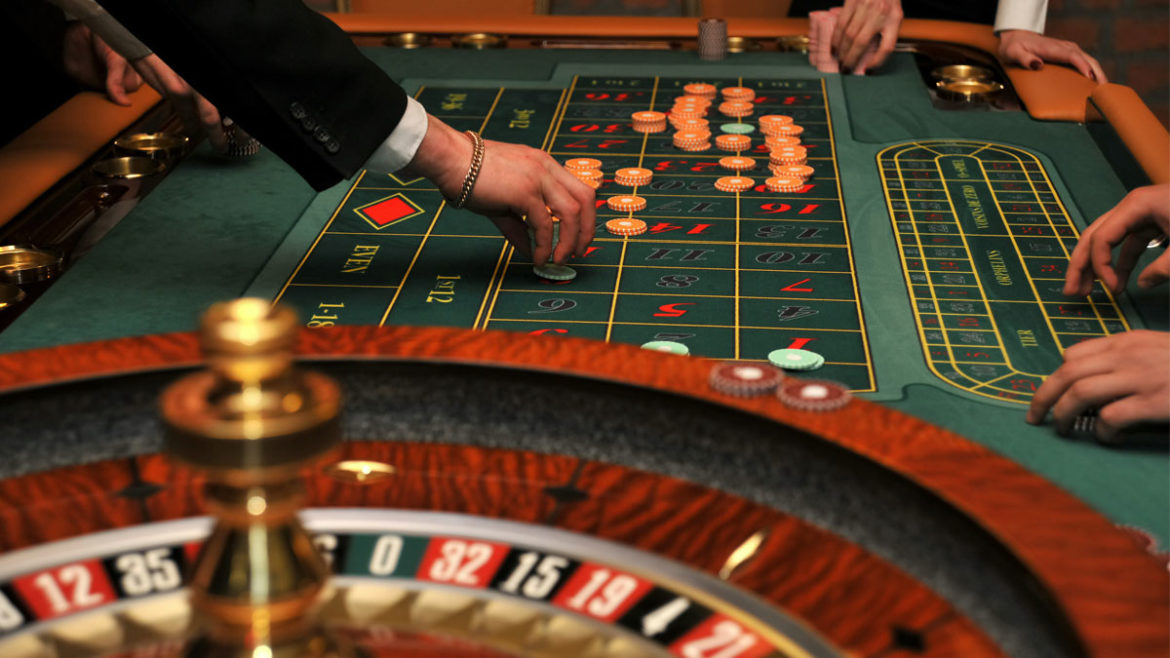
Conclusion
The payout in roulette varies depending on the type of bet made and the associated odds. The game of roulette offers a wide range of betting options, each with its own payout ratio and corresponding level of risk. Inside bets, such as straight bets and split bets, offer higher payouts but lower odds of winning, making them riskier but potentially more rewarding. On the other hand, outside bets, like even/odd and red/black bets, provide lower payouts but higher odds of winning, making them safer and more suitable for risk-averse players.
The allure of roulette lies in its simplicity and the excitement of watching the wheel spin, hoping for a favorable outcome. Whether players choose to go for the high-risk, high-reward inside bets or the safer but less lucrative outside bets, understanding the payout ratios and odds is crucial for making strategic betting decisions.
It’s essential for players to remember that roulette is a game of chance, and no betting strategy or system can guarantee consistent winnings. Responsible gambling, setting limits, and managing one’s bankroll are essential practices when engaging in any casino game, including roulette.
Overall, the diverse range of betting options and payout ratios in roulette makes it an engaging and thrilling casino game. With a bit of luck and a good understanding of the betting options, players can enjoy the excitement and potential rewards that roulette has to offer.


